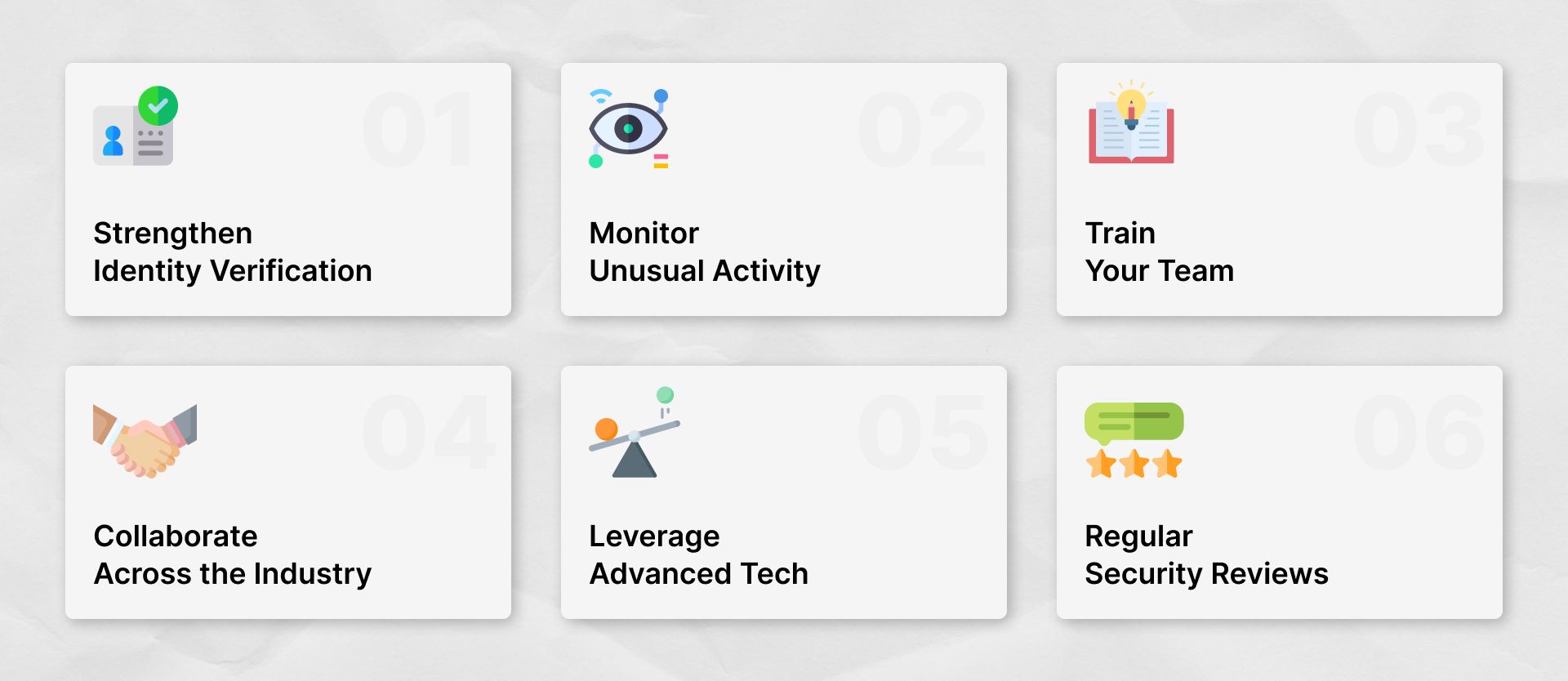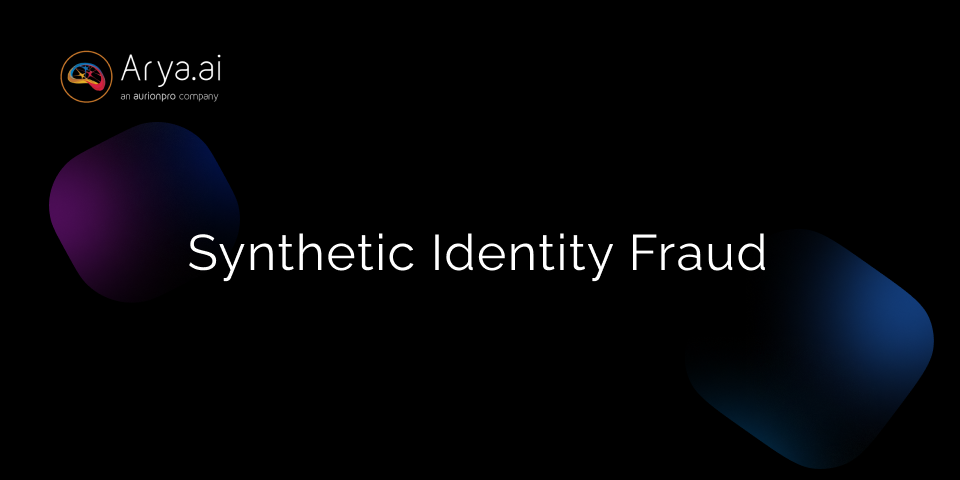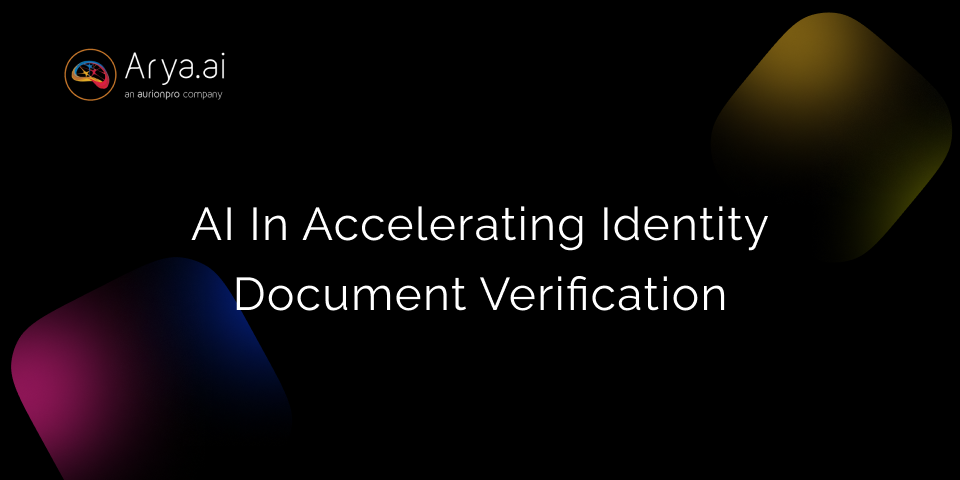Identity fraud is one of the fastest-growing cybercrimes, with 46% of organizations facing synthetic identity fraud in 2022 alone. This number is increasing unprecedentedly, signaling that it is high time to leave traditional fraud detection tactics behind.
With the increasing use of AI-generated deepfakes and growing access to personal information through data breaches, detecting synthetic identities using traditional tactics has become extremely difficult. Financial institutions must move beyond conventional methods and use advanced solutions to identify and combat synthetic identity threats. Read this guide to explore synthetic identity fraud, how it impacts organizations and consumers, and how banks and financial companies can protect against this threat.
What is Synthetic Identity Fraud?
Whether we like it or not, the future of identity theft is powered by artificial intelligence.
Access to AI has made synthetic identity fraud possible, and platforms like OnlyFake enable the creation of convincing fake IDs and synthetic identities at a low cost.
A synthetic identity fraud is when fraudsters piece together real and fake personal information to create a completely new, fictitious identity that looks credible. Fraudsters might start with stolen data like a social security number or a real photo and mix it with fabricated details — like a made-up name, fake date of birth, or non-existent address.
Scammers use a synthetic identity to open accounts and make small, regular transactions to appear like responsible users. As the synthetic identity gains a good credit score, fraudsters vanish after taking out large loans or maxing out credit cards, leaving businesses to absorb the losses.
How is Synthetic Fraud different from Traditional Identity Theft?
According to a new U.S. Government Accountability Office (GAO) report:
“Unlike traditional identity fraud, which uses a real person’s identity, synthetic identity fraud creates a fictional identity to commit fraud, such as applying for a credit account or other benefits”.
The deceptive nature of synthetic identities allows fraudsters to bypass traditional identity verification processes, making it possible for them to open accounts, secure loans, and make purchases with little risk of immediate detection. The financial damage is catastrophic, as businesses may not realize they have been defrauded until months or years later.
What Synthetic Identities Look Like
Here's how fraudsters typically operate:

- Data Breaches: Fraudsters often obtain real social security numbers (SSNs) or personal information from large-scale data breaches. While the stolen SSN belongs to a real person, the fraudster attaches it to fake information, such as a fabricated name or address. For example, a real SSN belonging to someone in California might be paired with a fake identity profile based in New York, making it difficult to trace and verify.
- Piggybacking on Credit Profiles: To quickly build credibility for a synthetic identity, fraudsters often "piggyback" on existing credit accounts. They achieve this by adding the synthetic profile as an authorized user on someone else's legitimate credit card. This method helps create a strong credit history for the fake identity without setting off immediate red flags, as the account is technically tied to a real, trustworthy profile.
- Using AI for Deep Fakes and Fake Identities: Using AI, fraudsters generate highly realistic fake photos, create deepfake videos, and even deploy AI-powered chatbots that convincingly mimic human behavior. For instance, they might use an AI-generated photo for a fake ID document or a deepfake video to trick video verification processes. This makes it harder for traditional systems to detect fraudulent attempts, allowing fake profiles to pass as genuine.
Case Studies: How Synthetic Identity Fraud Impacts Individuals and Organizations
Here are some examples of how synthetic ID fraud impacts individuals and organizations:
The Impact on Individuals
Jay Patterson, a forensic accountant, fell victim to synthetic identity theft despite his expertise in financial investigations. Fraudsters combined his personal data with fake details to open a Wells Fargo account without his knowledge. The case eventually led to legal action, as it became apparent that multi-unauthorized accounts had been set up similarly.
Children are often prime targets of synthetic fraud with data proving that over a million children have become victims of synthetic identity fraud in 2017 alone. The theft of a child’s social security number often goes unnoticed for a long time as they don’t use their bank accounts until they turn 18. Since credit bureaus assume the first person to use an SSN is its rightful owner, the child who is the real victim faces a tough battle proving their identity and fixing their credit history.
The Impact on Businesses
In 2018, synthetic identity fraud cost U.S. credit card companies $820 million, with losses projected to hit $1.25 billion by 2020. Even South Asian companies have been impacted by this.
For example, in January 2023, a Hong Kong company lost HK$ 200 million to a deepfake fraud. Scammers used deepfake technology to impersonate a CFO over a video call and trick a finance employee into transferring money to various bank accounts across 15 transactions.
How Banks Can Detect and Prevent Synthetic Identity Fraud

According to Experian, synthetic identities can be difficult to detect.
Fraudsters sometimes incubate synthetic identities for months or even years before using them to borrow large amounts of money. Once done, they’ll abandon the original identity and create a new one using the same methods, making it difficult to track and stop synthetic identity fraud.
Here are some strategies that banks can leverage to detect and prevent synthetic identity fraud:
1. Strengthen Identity Verification: To combat synthetic identity fraud, banks, and financial institutions can enforce robust verification processes such as:
- Layered Verification: Cross-check multiple data points like SSNs, phone numbers, and address histories. This makes it harder for fraudulent identities to pass.
- Document and Biometric Checks: Use automated systems to verify government-issued IDs and employ biometric checks (e.g., fingerprints or face verification) to add another security layer.
2. Monitor Unusual Activity: Spotting these patterns can help detect and prevent synthetic identity theft early:
- Same Source Credit Applications: Numerous applications originating from a single identity or the same IP address can signal fraud.
- Transaction Patterns & Suspicious Activity: Rapid spending or large transactions soon after account creation.
- Unusual Credit Patterns: Rapid spikes in credit applications or an unexpectedly high credit score despite minimal history.
- Frequent Info Changes: Repeated updates to contact details.
- Inconsistent Personal Details: Mismatched names, addresses, or social security numbers in applications can be a synthetic identity.
- Unusual Credit Patterns: An unexpectedly high credit score despite minimal history may indicate an identity crafted for fraudulent use.
3. Train Your Team: Educate employees to spot and respond to potential fraud through regular training. Teach staff about synthetic identity signs using real-world examples and keep the team informed about evolving fraud tactics and trends.
4. Collaborate Across the Industry: Work with peers to enhance fraud detection by joining forums and participating in industry groups sharing the latest fraud insights. Exchange anonymized fraud data to recognize emerging threats.
5. Leverage Advanced Tech: Adopt AI and machine learning tools to detect synthetic identities early and use specialized platforms to spot inconsistencies.
6. Regular Security Reviews: Keep your defenses updated and conduct periodic audits to review verification processes and fraud systems for any gaps.
Combating Synthetic Identity Theft: How Arya AI Can Help
Arya AI offers a comprehensive solution for tackling synthetic identity fraud through advanced machine learning and AI capabilities.
Using Arya APIs, you can detect and prevent fraud in the following ways:
- Face verification: Recognizes and matches faces from various sources such as surveillance footage or images to effectively minimize identity theft and image fraud risks.
- Document fraud detection: Analyzes documents like passports, driving licenses, invoices, and more to spot tampering, inconsistencies, and other anomalies that indicate potential fraud.
- Passive face liveness detection: Ensures that the person in front of the camera is real, identifying whether it’s a live user or just a digital or printed image—all in real-time.
- Deepfake detection: Uses cutting-edge deep learning to differentiate authentic content from manipulated media, such as photos and videos, for robust identity checks.
- Bank Statement Analyser: From spotting rare anomalies or identifying tampered transactions, this API provides all important metrics to flag suspicious account activities and fraudulent transactions to detect accounts operated by synthetic identities.
Conclusion
The financial and reputational impacts of synthetic identity frauds on individuals and businesses are severe, ranging from ruined credit histories to billions of dollars in losses annually.
With fraudsters leveraging AI-generated deepfakes, data breaches, and fabricated details, traditional identity verification methods are no longer sufficient.
To stay ahead, banks must adopt proactive strategies such as layered verification, real-time monitoring of unusual activities, and collaboration across industries. Leveraging cutting-edge tools like Arya AI’s suite of solutions can help businesses detect and prevent fraud before it takes hold.
As fraud tactics evolve, so must the tools and methods to counter them. By investing in robust, AI-driven solutions, businesses can safeguard their systems, protect consumers, and build a foundation of trust in an increasingly digital world.



